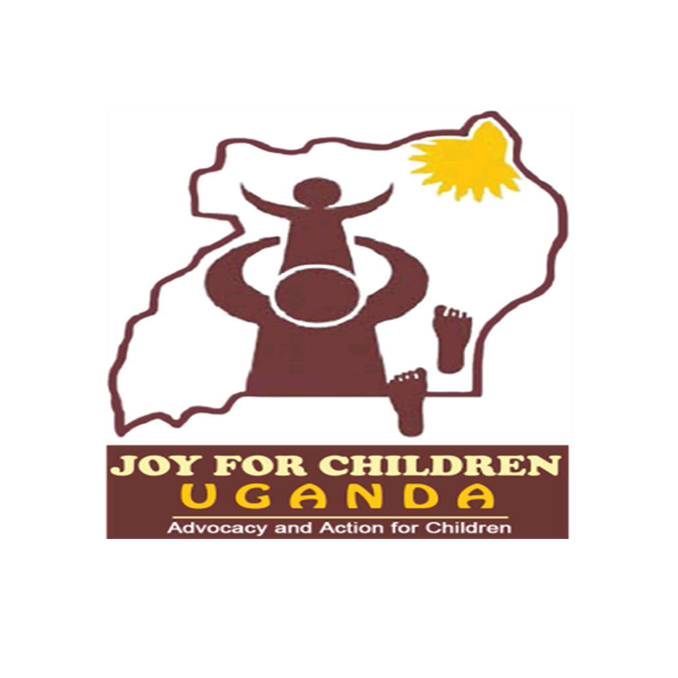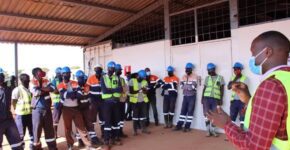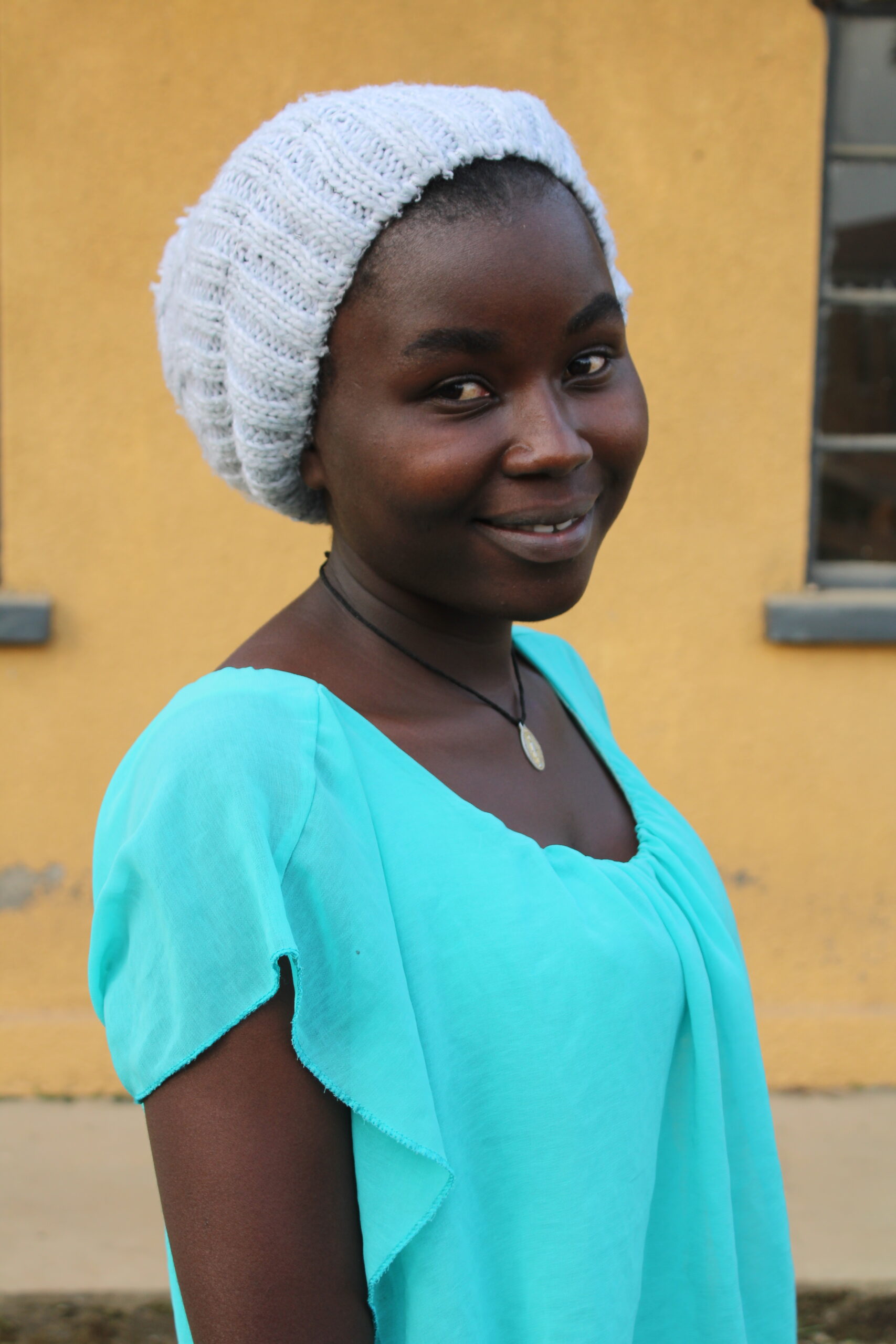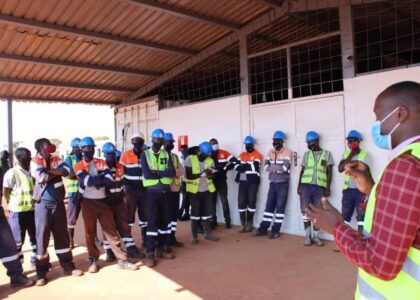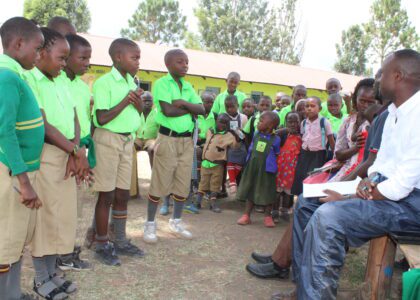The government of Uganda through ministry of gender, labour and social development has put in place various mechanisms to address violence against children (VAC) prevention and response. Interventions are inclusive in nature as they start right from the villages to national level. They include local council committees, parish level, at sub county level (office of the community development officer), the district community development officer, child and family protection unit at police and a state minister for youth and children affairs. Also in 2015 the sauti 116 Uganda Child Help line was commissioned to offer emergency assistance.
Despite, all these strategies in place, reporting VAC cases is still low compared to the high rates of prevalence. According to the Uganda violence against children survey launched in 2018, 75% of children experience different forms of VAC during childhood but few are informed about who to approach in case of such challenges. For insistence of the 35.3% of females and 16.5% of males who experienced sexual abuse, 10.1% of females and 6.4% of males sought help for any sexual experience and 7.7% of females and 4.5% of males received help for any experience of sexual abuse.
It is also important to note that communities are comfortable mediating VAC cases instead of reporting them to concerned authorities. Our engagements with police further confirm that indeed VAC cases especially those related with sexual abuse are mediated in communities and parents only come to report if the perpetrators do not offer financial support both to the child mother and the child. Joy for children Uganda (JFCU) has continued to carry out community dialogues to sensitise the community to report VAC cases to legal authorities in order to provide both psycho social and legal services to survivors and families of survivors but also in the long run prevent the occurrence of VAC in communities.
The availability of the urgent action fund, has enhanced VAC response and created significant impact in the community. JFCU became a renowned VAC response center. Usually beneficiaries are referred by media, boda boda riders, teachers, local government officers concerned with children welfare. 489 cases were handled in a period of 3 years, over 70% of the cases were considered to be child neglect. Through the urgent action fund, survivors were able to receive services such as basic medical costs, transport to report emergency VAC cases, counseling and guidance from a stand by professional counselor. In other cases, the fund has also managed to facilitate police, child protection committees, teachers and community development officers to coordinate different requirements for quality and legal case management. Such cases include getting custody for abandoned children, apprehending key suspects of VAC and follow up on cases at police.
As much as the urgent action fund is creating significant impact, government is called upon to allocate more resources to government departments handling children affairs especially police and office of the CDO. Government and other civil organisations ought to invest in capacity building sessions especially for local council one chairpersons who consent to mediate VAC cases. With these strategies in place, it will reduce the naturalization of VAC in the community and also foster attainment of sustainable development goal 16 (peace, justice and strong institutions)
